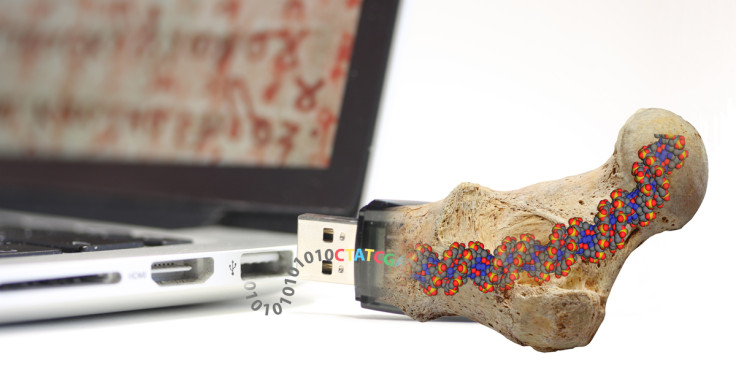DNA data storage: 1.8 zettabytes of information in a single spoon of liquid

Every piece of data ever produced by mankind - from the entire Wikipedia archive to the complete Netflix catalogue - could be stored onto a spoon-sized amount of DNA capable of surviving for "nearly an eternity", scientists have said.
Researchers at the Federal Institute of Technology ETH in Zurich, Switzerland, are working on a new method of preserving data for millions of years by encoding it on to glass-encased DNA stored at sub-zero temperatures.
As a method of data-storage, DNA is theoretically capable of storing around 455 exabytes - or 455 million terabytes - of data in a single gram.
Estimates from the cloud computing firm EMC suggest there are around 1.8 zettabytes of data in the world, which would theoretically fit into 4 grams of DNA.
The researchers, led by ETH lecturer Robert Grass, first demonstrated that data could be saved and reread in the form of DNA two years ago.
Although a highly efficient form of storing information, the main obstacle has been preserving the data for any length of time due to DNA degradation.

By studying genetic material found in fossilised bones, Grass and his team developed a method to synthetically replicate the way DNA is protected within the millenia-old bones.
DNA was encapsulated by the researchers in silica glass spheres with a diameter of roughly 150 nanometres, which mimicked the robustness of a fossil.
"Similar to these bones, we wanted to protect the information-bearing DNA with a synthetic 'fossil' shell," Grass told Swiss Info.
"There are certain risks to storing data on hard drives and other common methods. We can guarantee that the data will be kept securely, over many thousands of years."
As a proof of concept the team used the technique to store the Swiss Federal Charter, together with an Archimedes theorem.
Grass imagines that the storage method will be used by institutions like government agencies and libraries, though it is not yet clear how to maximise the method's commercial applications.
"On the one hand, we are researchers, we simply provide the method by which to do this," Grass said. "On the other hand, we are interested in what this means and what kinds of possibilities it offers.
"Everyone probably has a different idea of what they want to preserve for the future."
© Copyright IBTimes 2025. All rights reserved.






















